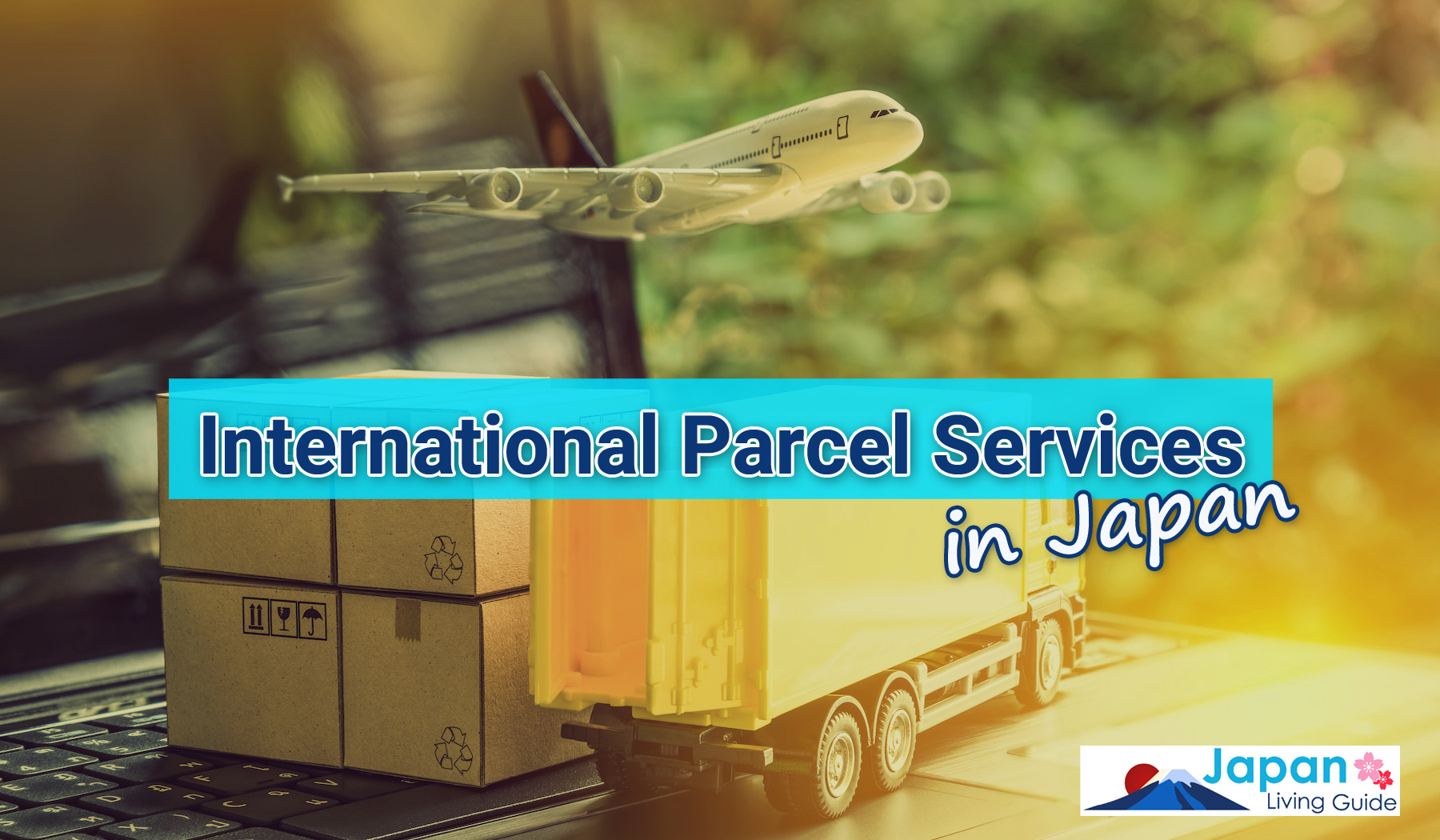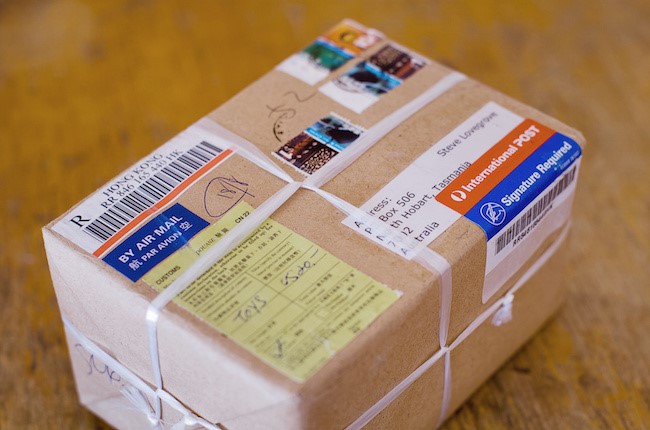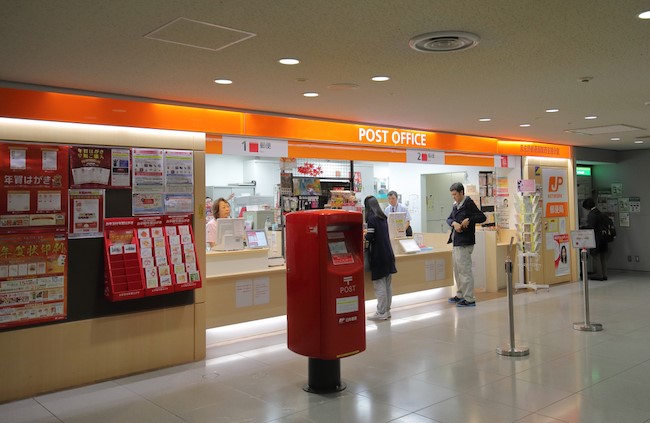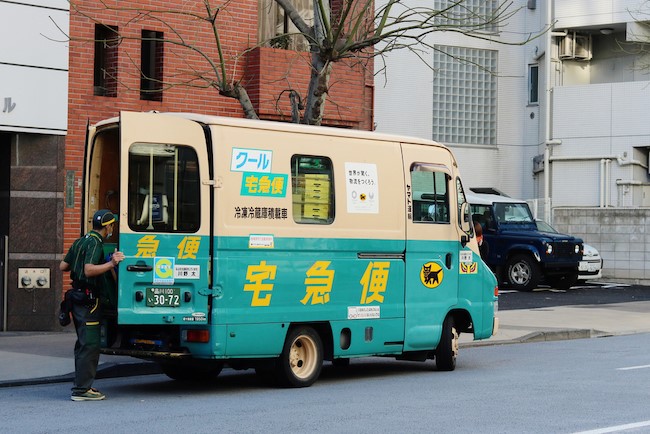International Parcel Services In Japan: The Expat’s Guide

If you're looking to ship items internationally from Japan, it's important that you know some of the basics. There are a few companies that offer international shipping to Japan, and each has its own specific procedures in place. This can make things confusing and difficult to find out where or how to ship your items. Luckily, we've created this guide to help clarify what you need to do when deciding and figuring out how to ship your item overseas. If you would like to ship packages domestically, see this article.
International Parcel Services Available in Japan

When sending a parcel overseas there is a range of services which can be used. These can be broken down into two general categories—public and private. The public option covers the domestic postal system referred to as “JP Post” in Japan. Private is a wider category and includes various shipping companies that offer international shipping. Some of the most popular companies include Yamato Transport (also known as Kuroneko Yamato International Ta-Q-Bin), DHL, FedEx, and Sagawa Express. Private companies often have higher costs than the public service, but may offer more specialized services depending on what you are sending.
Check the Rules and Restrictions on Shippable Items
The first step to any international delivery is to make sure the items you intend to send are actually allowed to be sent. There are a number of general restrictions on items on international shipping and often different services will have their own restrictions on top of these. For example, aerosols, nail polish, batteries, and corrosive materials are all prohibited. Some restrictions are also dependent on the destination country.
Determining the Method of Delivery

There are a few delivery methods available for your parcel. They vary in length of time taken to deliver, priority in processing, and method of transport. The fastest and most expensive method is EMS. This usually takes a few days to arrive and in some cases can be sent refrigerated/frozen. The second method is standard airmail, which usually takes up to a week to arrive. Economy airmail is also available in some areas. This can take 1-2 weeks. The slowest and cheapest option is sea mail or surface mail, which travels by ship and arrives in a few months.
Check the Charges & Number of Days Required
In order to choose the best option for you and your parcel, it is important to check the different rates and estimated times. While we gave some general estimates in the above section, JP Post, Yamato, Sagawa, and the other companies all have calculation tools on the website where you can enter the prefecture in Japan you are sending from and where you are sending to in order to get a more accurate time estimate. You are also able to check the prices of different methods and parcel sizes to determine which option best suits you.
Keep in mind that these are estimates and there may be slight differences and delays when it comes time to actually send your item.
Packing Your Parcel
Once you have made your decisions regarding which service to use and which method to use, it is time to put your parcel together.
Choose a Container
Cardboard boxes and other containers suitable for shipping (envelopes, bags, etc.) can be found in various sizes at most post offices in Japan. Both public and private shipping services sell cardboard boxes. You can also buy specialty cardboard boxes from some of these companies, such as those specifically designed for transporting art, cosmetics, and similarly-specialized items.
Protect Your Deliverables
It is important to pack your parcel well for international shipping as there are many steps along the way and many opportunities for something to break. It is necessary to use a sturdy cardboard box, sealed well with tape. You should keep in mind the weight of your items so as not to end up with one overly heavy box. Heavier items will be more expensive to ship. If you have any breakable items, it’s advisable to use bubble wrap, or other packing materials, to cushion your items as well. You may also get a sticker labeling your parcel as “fragile” at the shipping counter.
Get Your Documents Ready
When sending a parcel overseas, it is of course necessary to provide the details of both the sender and recipient along with other relevant information. This process differs slightly between companies. When sending with JP Post, it is necessary to complete an EAD (Electronic Advance Data). This is basically an electronic version of the sending label, which you can then print and attach. Some countries no longer accept handwritten labels. When using a private company, you may have to handwrite the label (this can be in English or the language of the destination country), or a digital option may be available.
Sending Your Parcel

Finally, it is time to send your parcel. If you are sending with JP Post, you can take your parcel to the post office or in some areas, arrange pick-up from your house. International shipping is standard for larger post offices in busy areas, but it is best to check with your local post office in advance to make sure they are able to handle them.
Private shipping companies will also allow you to take the parcel to their office or arrange to have it picked up from your home. Some companies such as Kuroneko Yamato and Sagawa also offer convenience store shipping and pick-up. Whichever method you choose, the staff at the post office or shipping company will confirm your parcel details and make sure it is ready and able to be sent. After payment, your parcel will be on its way.
The Next Time You Need An International Courier Service In Japan, Use This Guide!
In this guide, we have gone over the main companies offering international shipping in Japan as well as how to follow the general procedures for sending an international parcel. Depending on your lifestyle, one international parcel service may be more suitable than another. Taking advantage of the many services Japan has to offer is one of the perks of localization, so we hope this guide can help you take full advantage. Use this guide the next time you’re thinking about shipping overseas from Japan!
While you’re at it, you can check out our other articles on daily living in Japan here, including more information on the postal system.

















